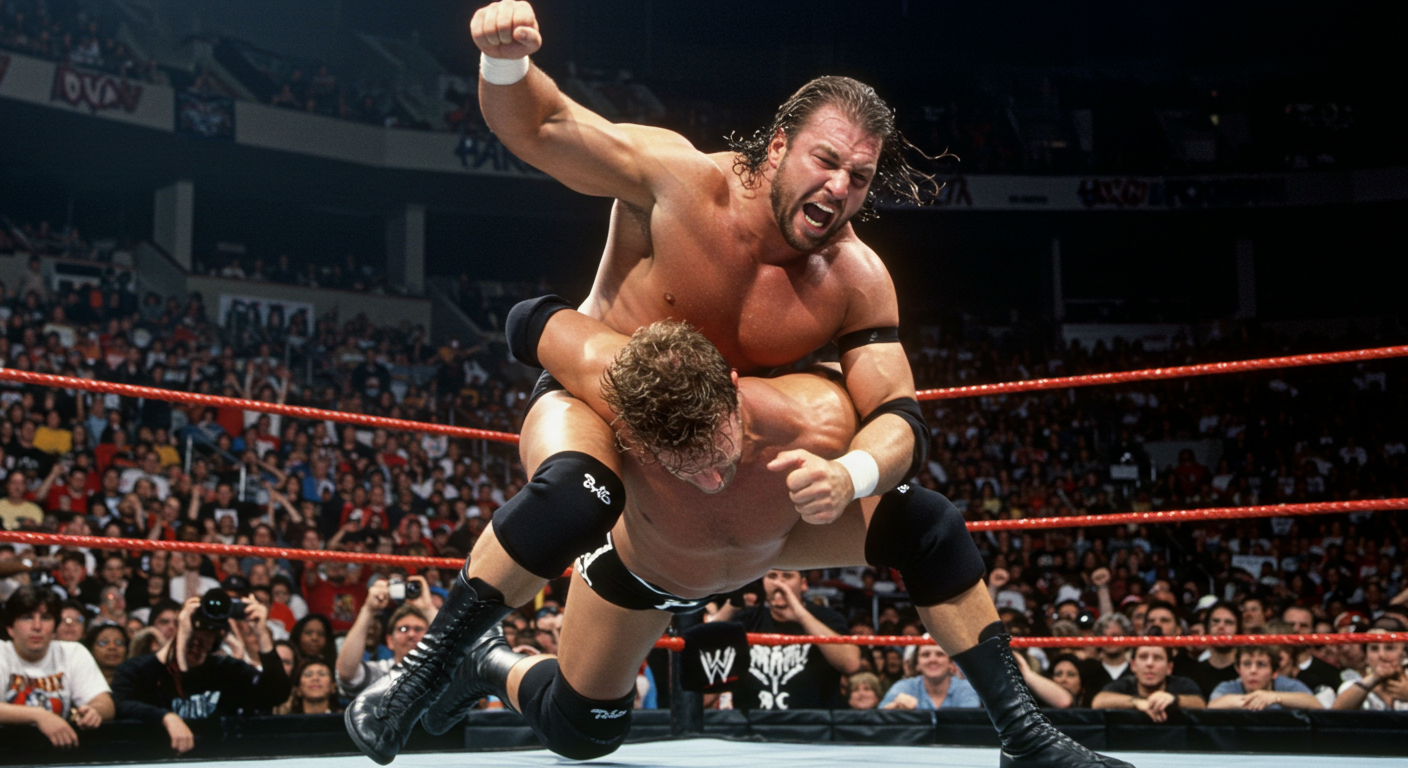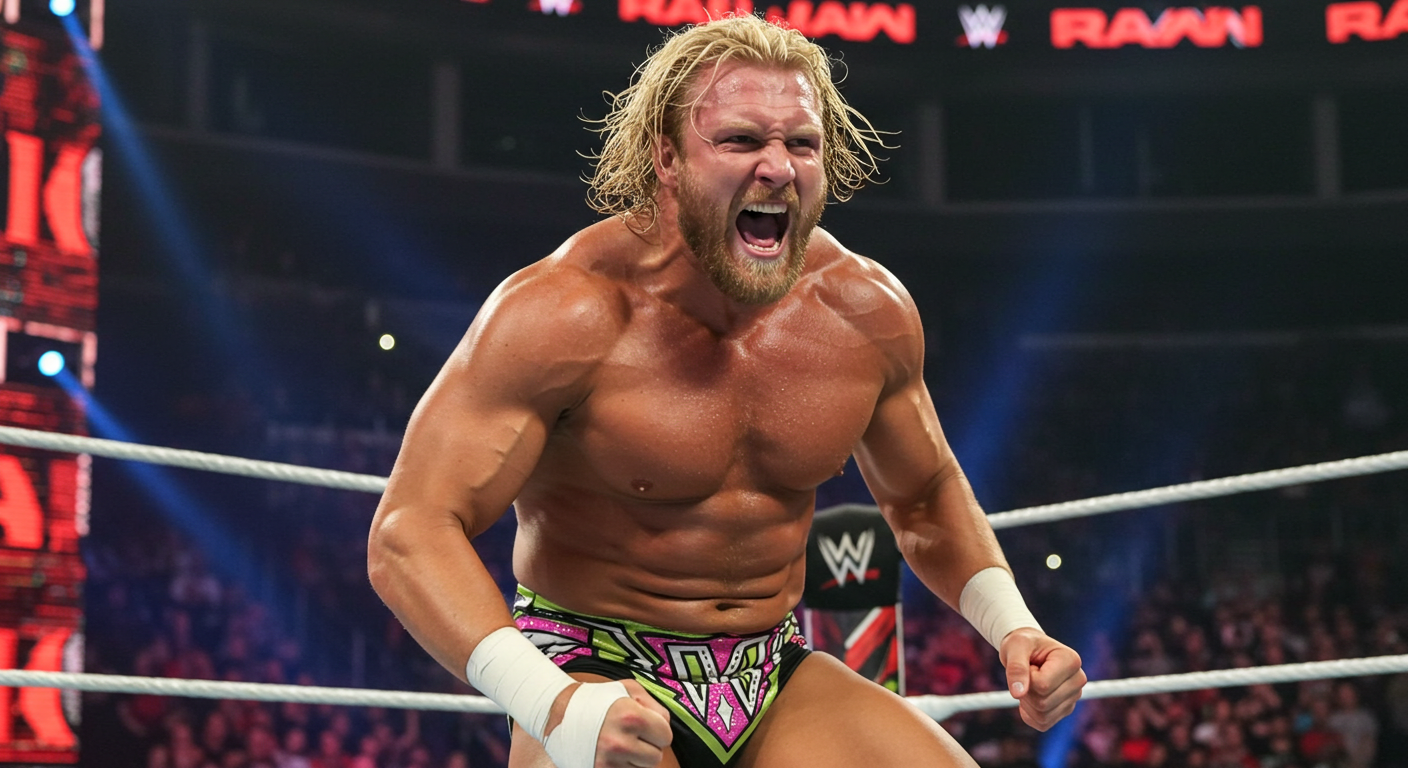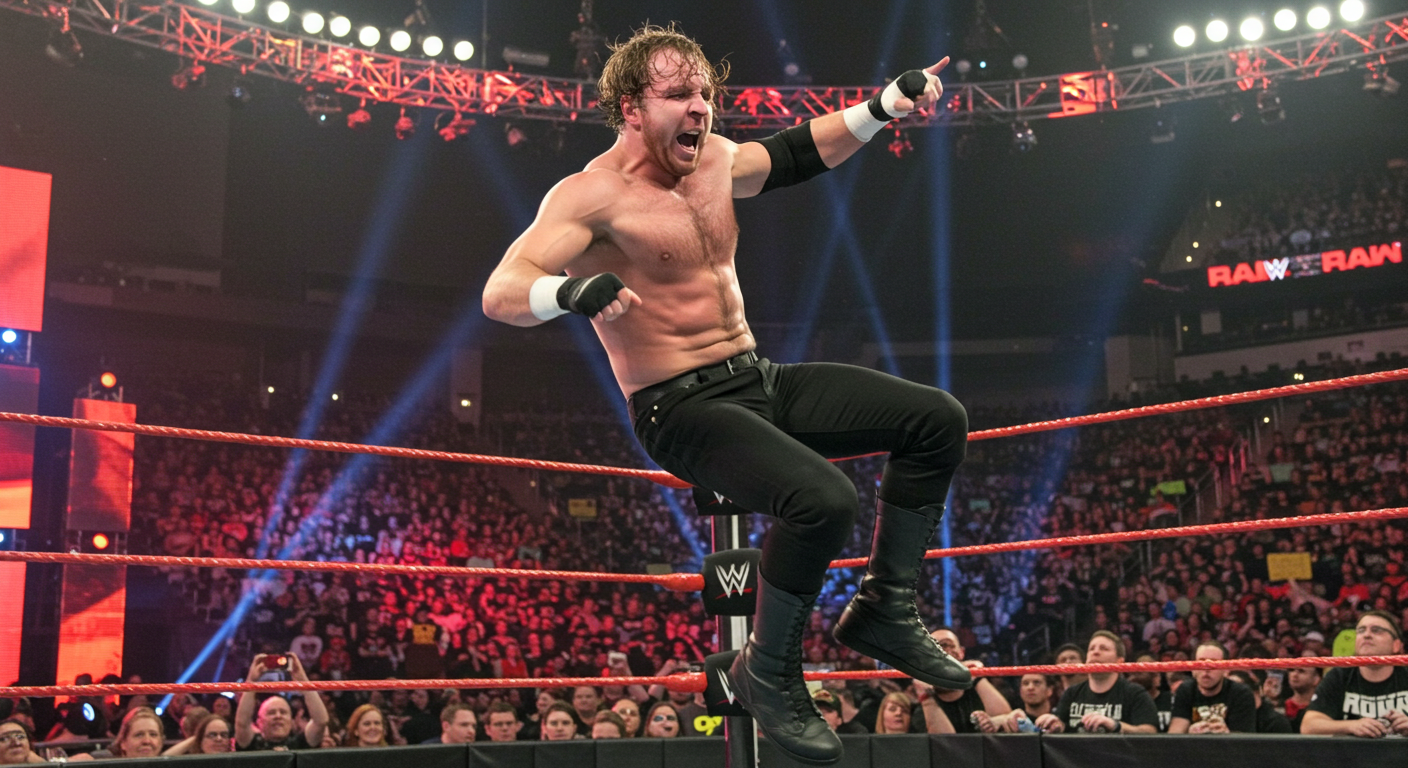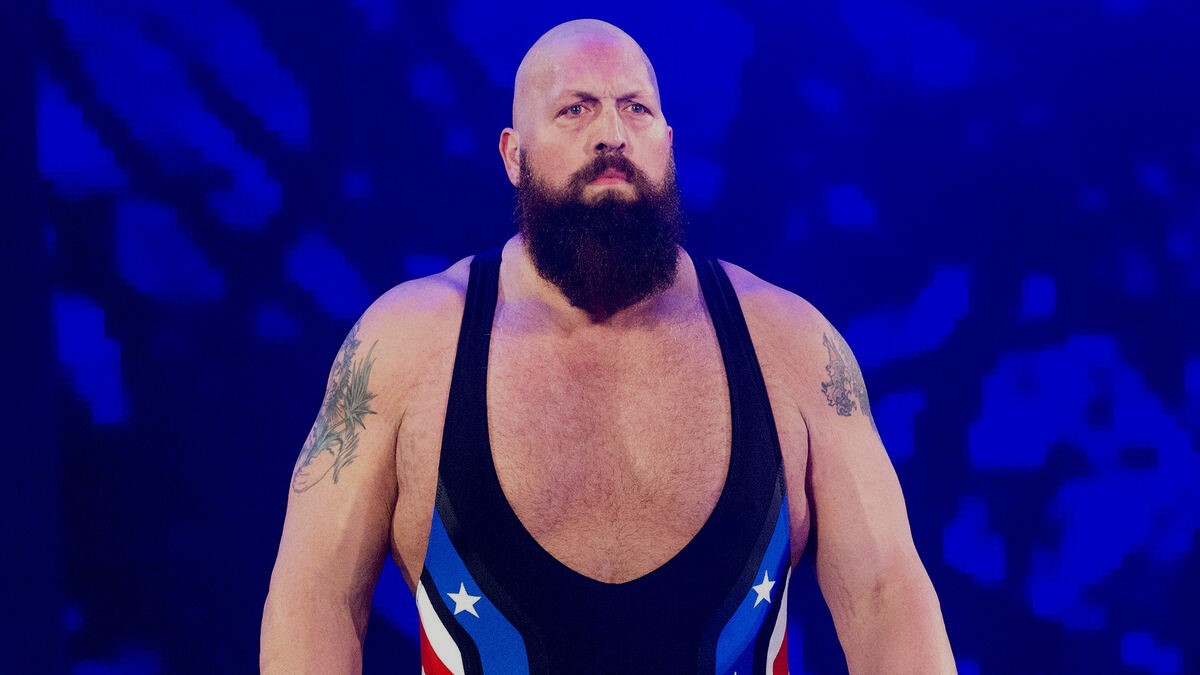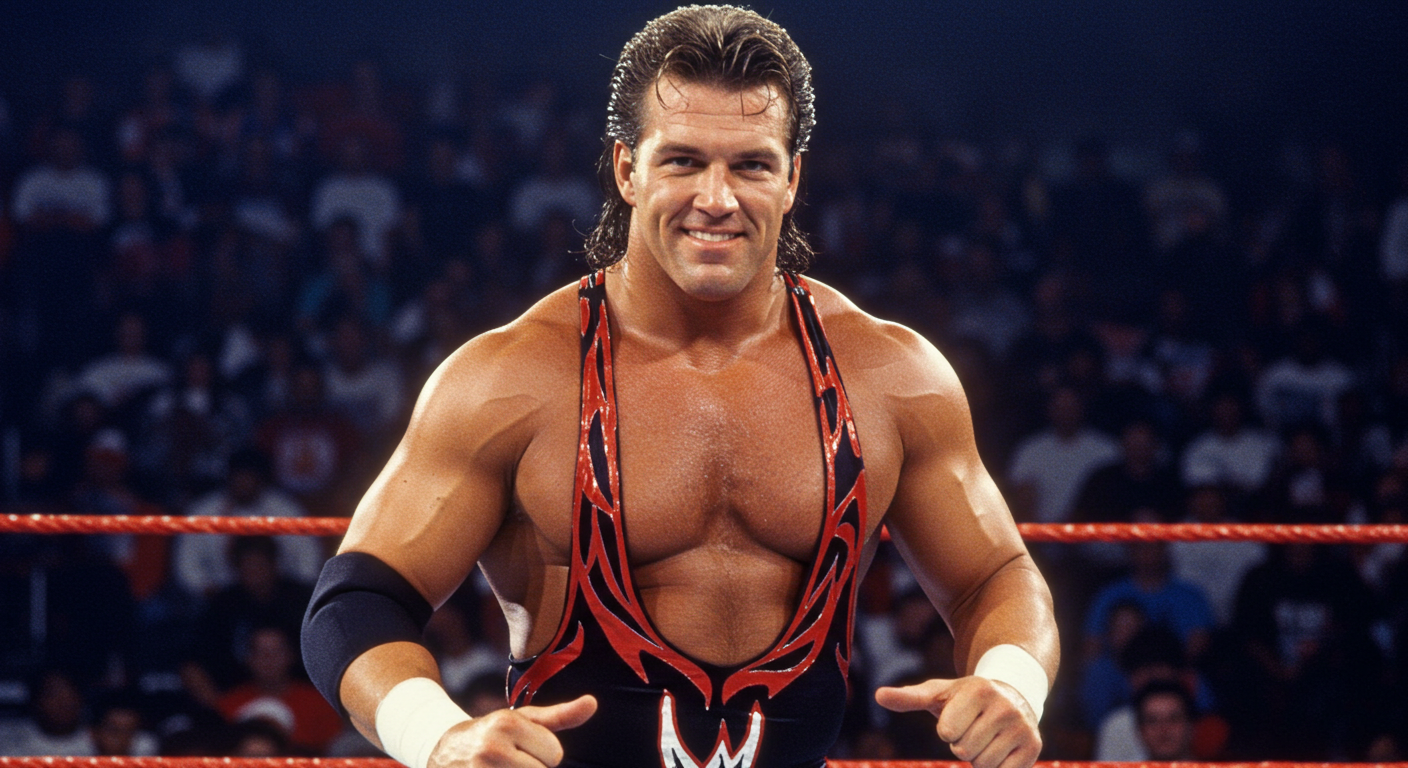See Resume of “Superstar Billy Graham” WWE Superstar, Discover the thrilling world of WWE Superstars! Explore profiles, match highlights, and exclusive insights into your favorite wrestling icons.
The Original Blueprint: Deconstructing the Revolutionary Resume of “Superstar” Billy Graham
In the grand chronicle of professional wrestling, every era has its blueprint—a performer so revolutionary that they fundamentally alter the DNA of what it means to be a superstar. Before Hulk Hogan urged his Hulkamaniacs to train and say their prayers, before “The Nature Boy” Ric Flair styled and profiled, and before “The Rock” electrified millions, there was “Superstar” Billy Graham. His resume is not a long list of dozens of world championships; rather, it is a seminal document that represents a seismic shift in the art form. It is the story of the man who tore up the old playbook and single-handedly created the archetype of the modern main-event wrestling superstar.
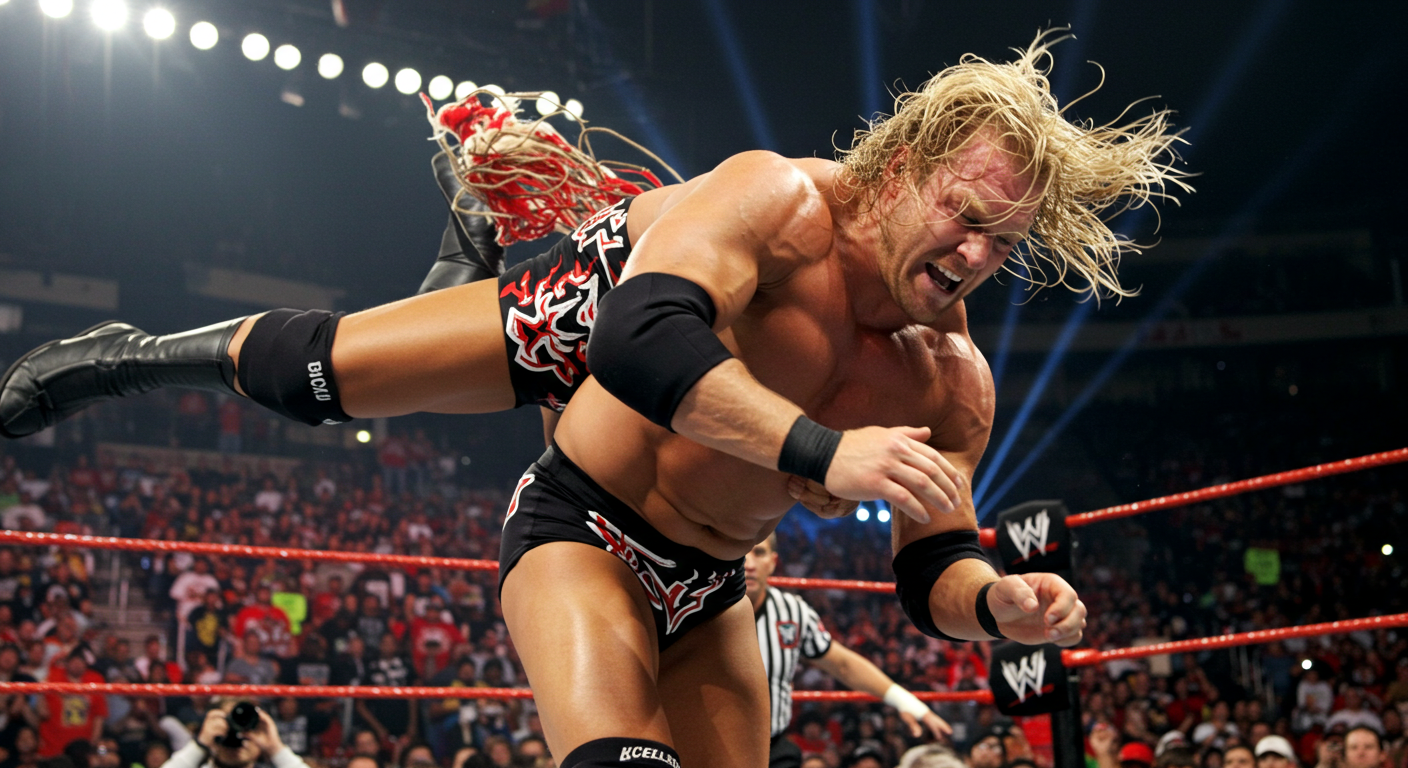
For a brief but brilliant period in the 1970s, “Superstar” Billy Graham was the most compelling and controversial figure in the industry. He was a walking, talking, breathing work of art—a fusion of a bodybuilder’s physique, a preacher’s charisma, and a psychedelic artist’s flair. He was a heel who was cheered like a hero, a villain who was so cool it was impossible to hate him completely. To analyze the resume of “Superstar” Billy Graham is to study the genesis of sports entertainment itself, a career whose influence far outweighs its championship statistics and whose impact is still being felt nearly 50 years later.
Act I: The Genesis of the Man of the Hour
Born Eldridge Wayne Coleman, the man who would become “Superstar” Billy Graham was a true athletic specimen from an early age. He excelled in track and field, played professional football in the CFL, and, most importantly, found a deep passion for bodybuilding. Competing alongside a young Arnold Schwarzenegger, Coleman developed a physique that was virtually unseen in the world of professional wrestling at the time.
Trained by the legendary Stu Hart in the infamous “Dungeon,” he adopted the name Billy Graham, a nod to the famed evangelist, believing a wrestling character with that name would be inherently controversial. But it was his own creative genius that added the “Superstar” moniker. He wasn’t just a wrestler; he was a larger-than-life personality.
- A New Breed of Heel: In the early 1970s, Graham honed his craft in promotions like the National Wrestling Alliance (NWA) and the American Wrestling Association (AWA). He was unlike any other villain. While most heels were portrayed as cowardly, ugly, or foreign menaces, Graham was the opposite. He was handsome, incredibly muscular, and impossibly articulate. He didn’t run from fights; he boasted about his physical superiority.
- The Look and the Lingo: Graham was a master of self-promotion. He bleached his hair blond, wore tie-dyed T-shirts, feathered boas, and outlandish sunglasses. His promos were a work of art—a rhyming, jiving, almost poetic delivery that was part Muhammad Ali, part street preacher. He would famously proclaim, “I’m the man of the hour, the man with the power, too sweet to be sour!” He wasn’t just cutting a promo; he was performing. This combination of an incredible physique and an even more incredible microphone ability made him a must-see attraction wherever he went.
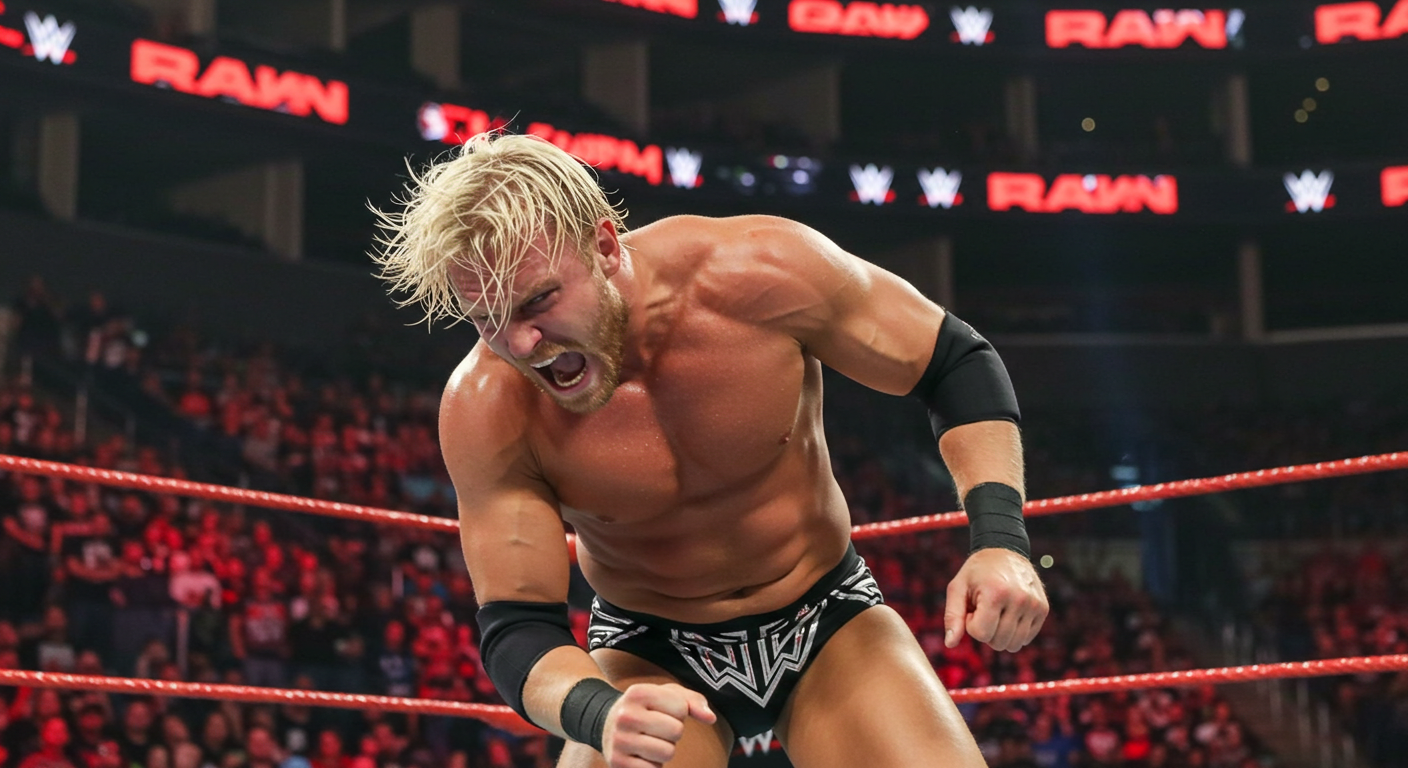
Act II: The WWWF Revolution – Toppling a God
In 1975, “Superstar” Billy Graham arrived in Vincent J. McMahon’s World Wide Wrestling Federation (WWWF), a territory built on the indestructible shoulders of its beloved ethnic hero, Bruno Sammartino. Sammartino was more than a champion; he was an institution, a symbol of strength and virtue for the Italian-American fanbase that packed Madison Square Garden.
The idea of a flamboyant, muscle-bound, loudmouthed heel like Graham dethroning a living legend like Bruno was, at the time, unthinkable. But Graham’s star power was undeniable.
- The Unthinkable Happens (April 30, 1977): In a moment that shocked the wrestling world to its core, “Superstar” Billy Graham defeated Bruno Sammartino for the WWWF Heavyweight Championship. He won by putting his feet on the ropes for leverage, a classic heel tactic, but the result was revolutionary. He had ended the second, nearly four-year reign of a man who was considered wrestling royalty. This wasn’t just a title change; it was the end of an era and the beginning of a new one.
- The Reign of the “Superstar”: Graham’s reign as champion, which lasted for 296 days, was unlike any before it. Traditionally, heel champions had short reigns, designed to be transitional before dropping the title back to a babyface hero. But Graham was different. He was such a compelling and popular champion that he held the title for nearly ten months. He sold out arenas across the Northeast, not because people were solely paying to see him lose, but because they were captivated by him. He defended the title against a who’s who of legends, including Dusty Rhodes, Mil Mascaras, and a young Harley Race. His title defense against Dusty Rhodes at Madison Square Garden was a blood-soaked spectacle that is still talked about today.
- The Anti-Hero: Graham blurred the lines between good and evil long before it was fashionable. Fans, particularly younger ones, were drawn to his confidence, his look, and his charisma. They cheered for him even though he was supposed to be the villain. He was the “cool” heel, a prototype for future anti-heroes like “Stone Cold” Steve Austin and the nWo.
His reign eventually ended at the hands of another “good guy” champion, Bob Backlund, but the landscape of wrestling had been irrevocably altered. The mold of the ethnic, working-class hero had been broken, replaced by a colorful, charismatic, and physically sculpted superstar.

Act III: The Original Blueprint – A Legacy of Influence
While “Superstar” Billy Graham’s time at the very top was relatively short, his resume’s most enduring entry is the profound and undeniable influence he had on the next generation of main eventers. He didn’t just have a great career; he provided the literal blueprint for some of the biggest stars in wrestling history.
- Hulk Hogan: Hogan has openly admitted to borrowing heavily from the “Superstar” playbook. The bleached-blond hair, the massive physique, the colorful boas, the cupping of the ear to the crowd, and the boastful promos were all hallmarks of Graham’s act that Hogan adopted and took to an unprecedented level of global fame. Without “Superstar” Billy Graham, there is no Hulkamania.
- Jesse “The Body” Ventura: Ventura’s look, promo style, and flamboyant personality were a direct descendant of Graham’s. The tie-dyed gear, the feathered boas, and the confident, articulate delivery were all adopted by Ventura, who became one of the premier color commentators and characters of the 1980s.
- “Big Poppa Pump” Scott Steiner: Decades later, the influence was still clear. When Scott Steiner transformed into his “Big Poppa Pump” persona, he adopted the bleached-blond hair and goatee, the impossibly sculpted physique, and the egomaniacal, rambling promos that were a modern-day tribute to the “Superstar.”
The list goes on. From Ric Flair’s charismatic stylings to Triple H’s bodybuilding-focused physique, echoes of “Superstar” Billy Graham are everywhere in modern wrestling.
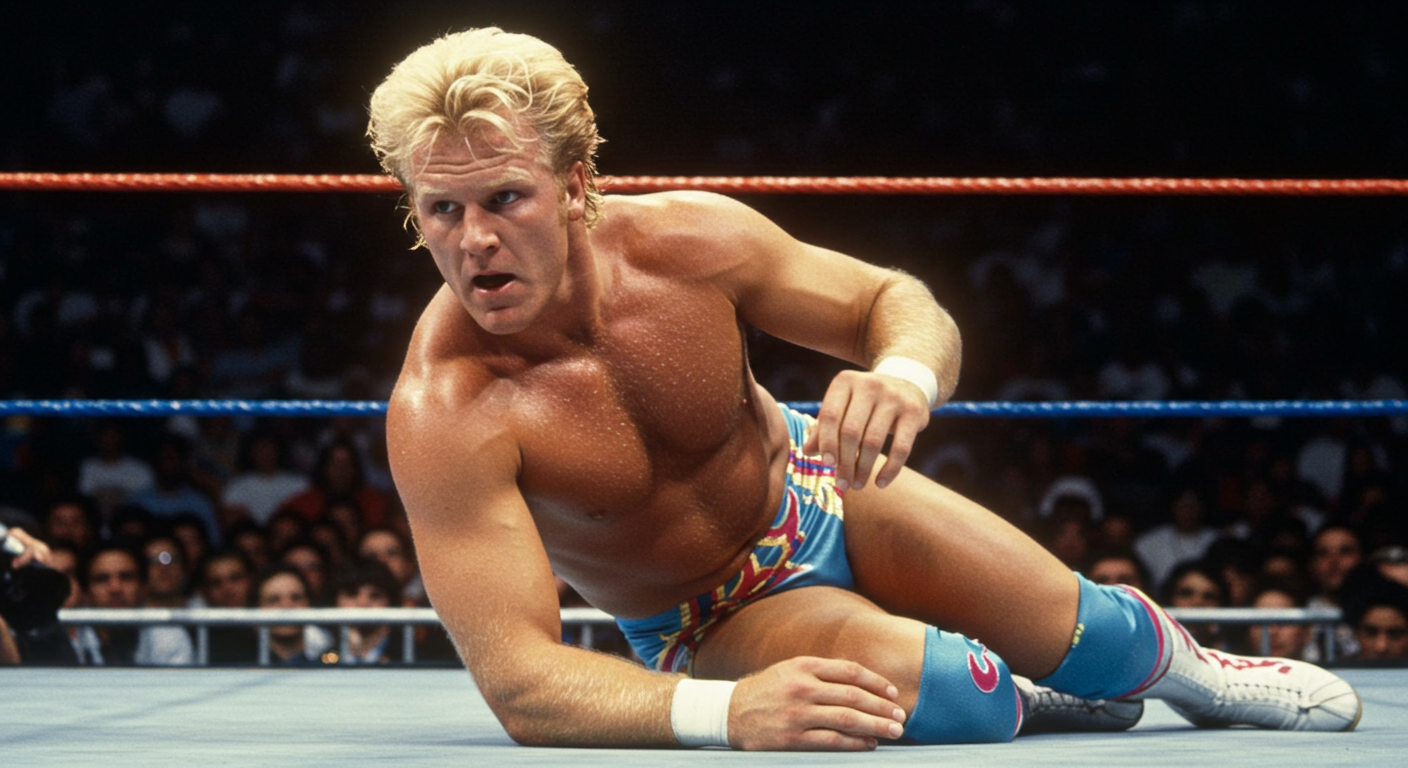
The Final Resume: A Complicated, But Undeniable, Icon
Graham’s later career was marked by returns to the WWF, where he was never quite able to recapture the magic of his championship run, and a series of health issues stemming from years of steroid use—a topic he would become an outspoken critic of later in life. He was inducted into the WWE Hall of Fame in 2004, a long-overdue recognition of his groundbreaking contributions.
Ultimately, the resume of “Superstar” Billy Graham cannot be measured by title reigns alone. He was a champion, yes, but more importantly, he was a visionary. He was the man who proved that a wrestler could be more than just an athlete; they could be an entertainer, a personality, a rock star. He brought sex appeal, charisma, and a bodybuilder’s aesthetic to the main event scene and created the very mold that would be used to forge the superstars of the “Golden Era” and beyond. His resume is that of the original blueprint, the man of the hour, and the superstar who changed the game forever.
